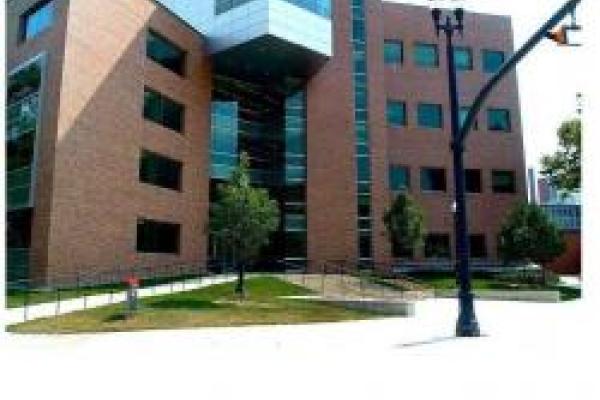
This talk will give an overview of recent attempts to use holography to understand the thermalisation of heavy-ion collisions. For this I will briefly review the current status of heavy-ion collisions, and argue that holography may improve our understanding of some aspects of these collisions. After this I will highlight some of my recent work, in particular stressing a new universal shape of the initial energy density in the longitudinal direction of the collisions. Lastly I will show new results of colliding charged shock waves, which may have implications f or the chemical potential during a heavy-ion collision.
